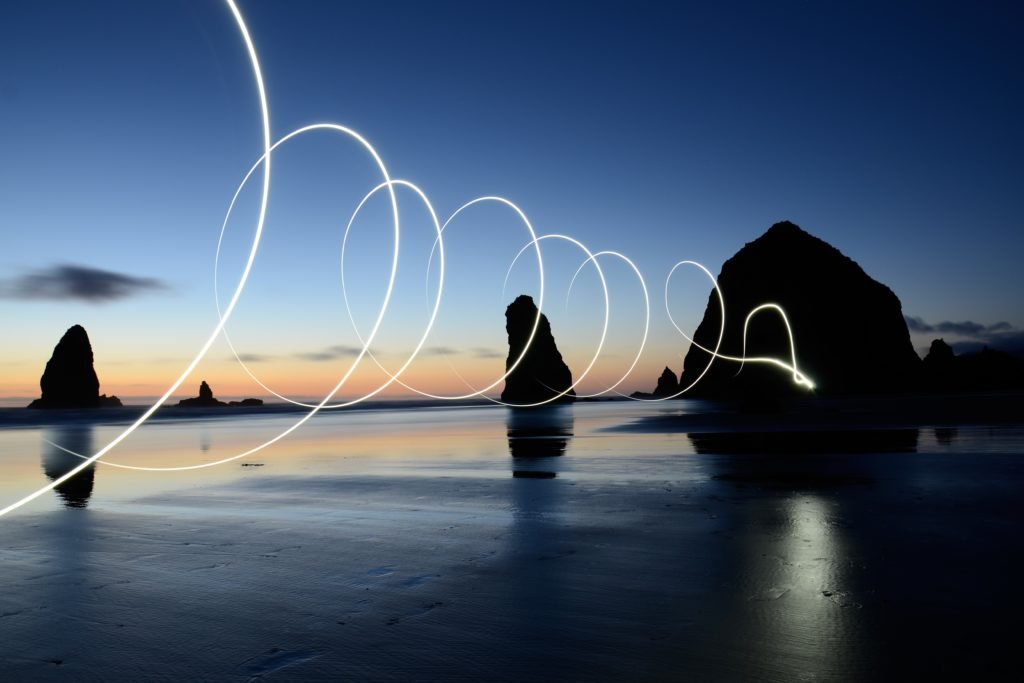The use of light in photography has been a topic of discussion for decades. There are countless books, articles, and blog posts devoted to the subject. Photography is also constantly evolving with new equipment and techniques that change how we approach capturing light. As it turns out, there is an art to using light properly in photography because it impacts everything from mood to saturation levels; no one can argue with that!
Light is a photographer’s best friend because it defines an image’s mood, feel, and style. Learning to use light in photography can take years, but there are some fundamental tips that you can follow from start to finish. The one thing about learning how to light photos properly is that everyone has a different idea of what looks good or bad, so don’t be afraid to experiment with your techniques!
The importance of light in
The importance of light in photography is essential because it can change the outcome of an image. If you are trying to capture a dark scene, having proper lighting will brighten things up and make your photo look better overall. On the other hand, too much light in certain situations can create harsh shadows or give everything a washed-out feel.
Creating dramatic effects with light in photos begins by understanding what different lights exist and how they impact images differently. The first step when learning how to use light properly is knowing where natural sources come from, such as sunrises/sunsets or indoor room lighting from lamps or overhead fixtures. When shooting outdoors under direct sunlight, using a diffuser becomes important since there isn’t anything around for shade; this helps prevent harsh shadows and creates a more natural look. Indoor lighting is dictated by how many windows or lamps you turn on; this will determine the overall brightness of your photo, which can be adjusted accordingly with the shutter speed (how long it takes for the sensor to capture an image).
The three types of light
The three types of light in photography are hard, soft, and natural. Hard light comes from a source directly overhead or to the side; if you’re shooting outside, this is direct sunlight or under an umbrella for shade. Direct lighting creates very harsh shadows, so it’s best to add separation between them and the background when placed behind your subject. Soft lights come from all directions, such as indirect window lighting coming through large windows at home or street lamps during nighttime hours. Natural sources only exist outdoors since man has artificially created everything inside at some point, but that doesn’t mean they can’t be replicated with artificial lights indoors either!
There isn’t one perfect way to use light in photos because everyone has their preferences. The best way to learn how to light photos properly is by experimenting and practicing as much as possible with your equipment!
How to use natural light
How to use natural light in photography is fairly simple since the sun offers endless possibilities for lighting. When you’re shooting during sunrise or sunset, positioning your subject with an open view of the sunlight will wash out everything around them and create a beautiful glow that looks stunning on film! If there is any cloud cover outside, try turning off all artificial lights inside so you can capture soft shadows under overhangs or tree branches. Remember that direct overhead sunlight isn’t always flattering for everyone, so if someone doesn’t look their best in harsh lighting, move locations!
How to use artificial light
How to use artificial light in photography is best when you’re shooting indoors; if the room has overhead lighting, it’s okay to turn them on but make sure they aren’t too bright, or else your subject will become washed out. To create softer shadows, try using some table lamps instead of turning on all fours. This creates more dramatic effects by creating areas of darkness around certain features like cheekbones and collar bones which accentuates facial structure nicely!
The tricky thing about learning how to use light properly is knowing what looks good for each occasion since everyone has different styles. The only way to improve using natural and artificial lights is through experimentation, so don’t be shy about trying new things!
As you can see, understanding light is critical to achieving the perfect shot. With these tips in mind, your photography should be popping with color and life! Please go out and have fun with it!
